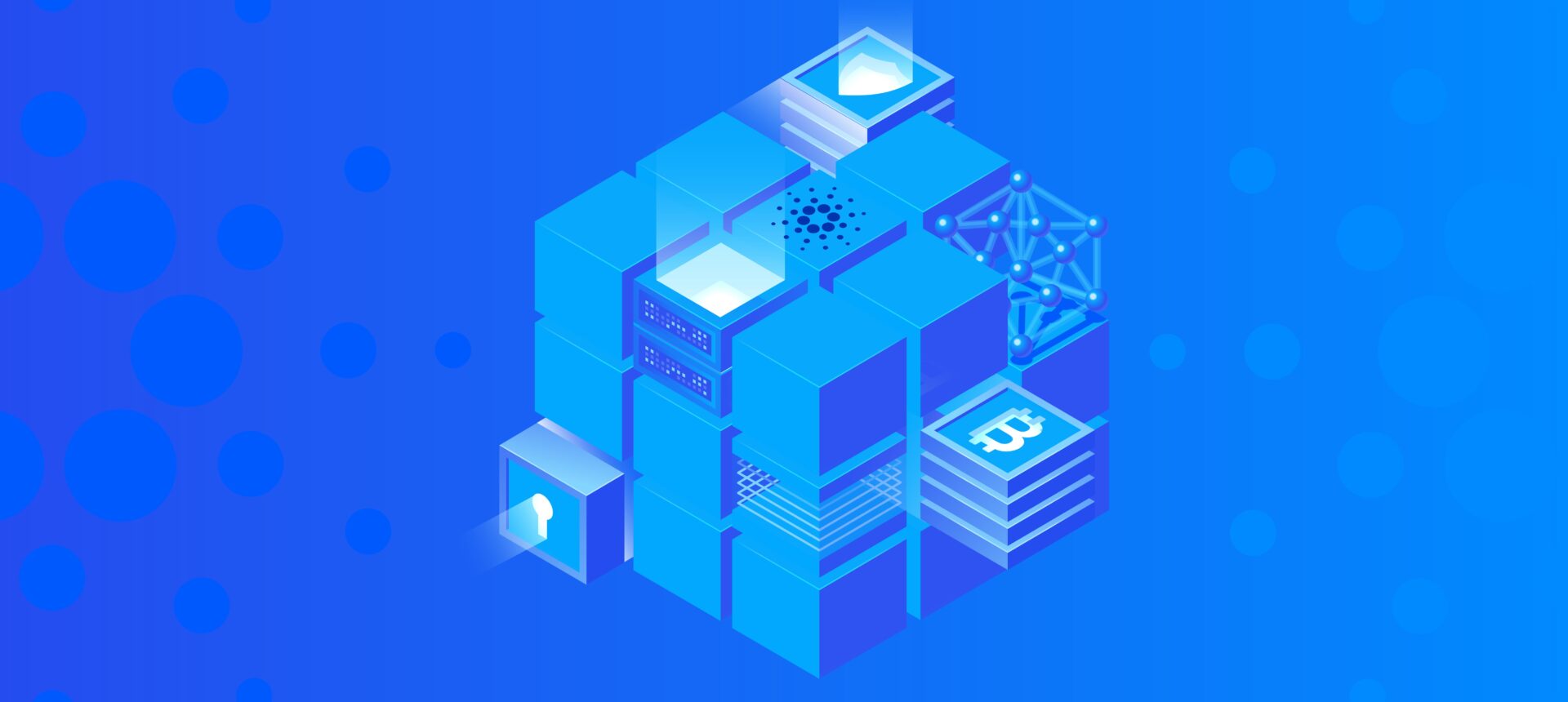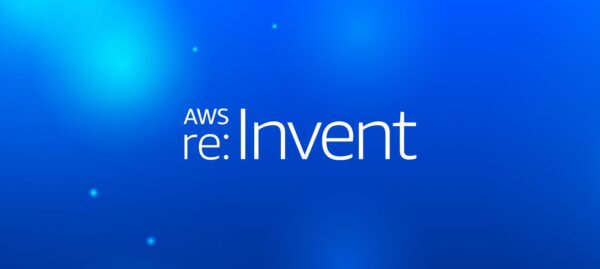Unstyled Components: A Must for Modern Web Applications
Jonathan Felipe de Oliveira | Dec 23, 2025

Cardano is a third-generation blockchain platform designed to address the problems that have held back earlier blockchain networks: scalability, security, interoperability, and energy efficiency.
Built on academic research and peer-reviewed methods, Cardano is an excellent choice for businesses and developers seeking to build on a sustainable, future-proof platform.
In this guide, we break down Cardano’s revolutionary architecture, cutting-edge development tools, and practical use cases that are transforming how we approach blockchain development.
Cardano is an open-source blockchain that uses a proof-of-stake (PoS) consensus protocol called Ouroboros. It was built from the ground up to support secure and scalable decentralized applications.
Unlike earlier blockchain networks, Cardano aims to address the fundamental limitations that have constrained Bitcoin’s energy consumption and Ethereum’s scalability challenges. It does this by splitting its core functions into two layers, the Cardano Settlement Layer (CSL) and the Cardano Computation Layer (CCL) — more on these in a minute!
Using ADA as its native cryptocurrency, Cardano creates a collaborative foundation for transactions, staking, and democratic governance.
Cardano is often referred to as a “blockchain 3.0” platform because it represents a significant evolution in blockchain technology. Here’s why:
Cardano uses a sophisticated two-layer architecture, which represents a breakthrough in blockchain design. This modular approach helps Cardano optimize both performance and collaborative development potential. Here’s how it works.
The CSL handles ADA transactions with precision, maintaining the secure foundation that enables all other innovations.
This layer focuses exclusively on cryptocurrency transactions and the movement of ADA tokens, ensuring the integrity of the entire blockchain ecosystem.
The CCL executes complex smart contracts and powers decentralized applications at scale.
This separation enables developers to build sophisticated business logic while maintaining the security guarantees of the settlement layer.
Cardano operates with the Extended Unspent Transaction Output (EUTXO) model, which extends Bitcoin’s UTXO approach to facilitate more complex and predictable transactions.
This model supports both on-chain and off-chain validations, offering significant advantages over Ethereum’s account-based model, including:
Want to learn more about eUTxO? Check out our post about UTxO vs. account-based models.
Here are the key ways that Cardano sets itself apart from other blockchain platforms:
Cardano’s development philosophy centers on evidence-based methodology, where each innovation emerges from collaborative research efforts across global academic institutions.
This scientific approach ensures not just technological robustness but also creates a foundation for sustainable innovation that can adapt and evolve with emerging technological demands.
Now that you know a bit about the Cardano platform, let’s look at Cardano ADA, its cryptocurrency.
ADA is Cardano’s native cryptocurrency, named after Ada Lovelace, the world’s first computer programmer. The name is a tribute to collaborative innovation and reflects Cardano’s commitment to building on the foundations laid by pioneering computer scientists.
The smallest unit of ADA is one lovelace. 1 ADA = 1,000,000 lovelaces. Breaking down the token into such small increments enables precise microtransactions and fee calculations.
ADA has multiple functions, including:
Cardano crypto encompasses the entire innovative ecosystem, including ADA cryptocurrency, native tokens, smart contracts, and decentralized applications (dApps).
This comprehensive platform supports collaborative development through tools like Plutus and Marlowe, wallet applications, staking mechanisms, and the governance framework that enables Cardano’s community-driven platform evolution.
Cardano ensures security through its revolutionary Ouroboros Proof-of-Stake (PoS) consensus mechanism, which represents a major leap forward in blockchain consensus technology.
In the Ouroboros PoS mechanism, any user who owns ADA can delegate their tokens to a stake pool. The network selects staking pools as slot leaders to validate transactions and create blocks. This approach creates barriers that protect against malicious attacks by:
As a result, this innovative approach provides mathematical security guarantees equivalent to Proof of Work systems while consuming 99% less energy.
This PoS mechanism is made possible by Cardano’s decentralized governance. ADA holders participate in network security through democratic governance, voting on Cardano Improvement Proposals (CIPs) that shape the platform’s evolution. This community-driven approach enhances security by involving stakeholders in critical decision-making processes.
Cardano also has a collaborative validation model. Instead of traditional mining, Cardano uses a collaborative “minting” process where ADA holders can delegate their tokens to stake pools. These pools act as validators, with slot leaders selected algorithmically to validate transactions and create new blocks.
Unlike other platforms where tokens exist as smart contracts, Cardano implements native tokens at the transaction layer itself. Embedding native tokens directly into its transaction layer helps eliminate vulnerabilities and inefficiencies found in traditional token implementations.
Cardano’s smart contract capabilities have advanced considerably since their initial introduction in 2021. Over the past few years, continuous improvements to the Plutus framework have greatly enhanced the overall developer experience.
Regular updates have introduced more robust development tools, expanded libraries with ready-to-use components, and advanced testing resources — all of which make it easier for developers to efficiently build and deploy reliable smart contracts.
At the same time, Cardano has integrated innovative scaling solutions known as Layer-2 technologies, including Hydra and Mithril.
These additions significantly boost transaction processing speeds and enhance the blockchain’s ability to handle a greater number of transactions simultaneously. This ongoing evolution positions Cardano to effectively support more sophisticated decentralized applications.
Cardano offers a full set of tools for developers, specifically designed to foster collaboration.
Plutus is the smart contract programming language used on the Cardano blockchain. It’s based on the Haskell programming language, which is known for security and reliability. This stable foundation enables Plutus to apply functional programming principles, eliminating entire categories of bugs while providing mathematical precision through formal verification capabilities.
Marlowe is a domain-specific language (DSL) on the Cardano blockchain used to create financial smart contracts. Unlike Plutus, which requires coding knowledge, Marlowe is designed to be simple and easy to read for non-programmers. It even features a playground that enables users to build contracts in an easy-to-understand, low-code environment.
Marlowe represents a breakthrough in making blockchain development accessible to a wider range of people.
Cardano offers developers a comprehensive professional infrastructure, enabling efficient and collaborative blockchain application development. Essential tools include:
Other collaborative tools developers commonly use include:
Together, these professional-grade tools create an environment where developers can rapidly innovate, test comprehensively, and build secure, scalable applications tailored to Cardano’s unique blockchain capabilities.
This question doesn’t have one simple answer — the best blockchain platform ultimately depends on your specific needs and priorities. Cardano excels in a few particular areas, making it an excellent choice for specific use cases.
What’s perhaps most unique about Cardano is that it uses its own purpose-built blockchain technology and does not build on any other platform. The Ouroboros PoS protocol was developed through years of collaborative research and development, creating a solid foundation specifically designed for blockchain deployment at a global scale.
If that sounds like it would be useful for your business, working with Cardano blockchain developers might be the right choice.
Here’s how businesses are innovating with Cardano.
Tokenance partnered with YurekAI to build RE‑TWIN, a real estate platform on Cardano that creates secure digital twins of properties.
The system turns documents, floor plans, and historical records into encrypted blockchain entries — no crypto wallet is required. By streamlining paperwork, enhancing transparency, and reducing fraud, RE-TWIN empowers thousands of real estate agencies and developers across the US and Europe.
In Georgia’s Bolnisi region, the National Wine Agency, local producers, and Scantrust launched a wine supply‑chain program on Cardano.
Each bottle, from grape to glass, is assigned a digital ID and recorded immutably on the blockchain. This system combats counterfeits, certifies quality, and builds global consumer trust. With over 30 wineries onboard, it strengthens market expansion and reputation for Georgian wine.
Epoch Sports and Merchandise partnered with Cardano to issue NFC‑enabled commemorative lacrosse jerseys at the 2023 World Lacrosse Championship.
Each jersey included an NFC chip linked to a unique blockchain‑minted certificate of authenticity. Fans could verify their purchase and unlock rewards, while brands gained protection against counterfeits and deeper loyalty connections. This rollout of 6,000 jerseys demonstrated Cardano’s capability in securing IP and enhancing fan engagement.
Looking ahead, Cardano is preparing for upgrades that focus on scaling, interoperability, and enhanced community governance.
Cardano aims to support billions of users by 2030. To achieve this, the 2025 roadmap published by Input Output (IO) (the research arm behind Cardano) outlines several efficiency upgrades, including:
Building more secure bridges to other blockchains is a priority. Cardano plans to deploy an IBC (Inter‑Blockchain Communication) protocol and a new consensus system called Minotaur to support trustless interchain interactions. Future Hybrid DApps aim to let developers build apps that work across blockchains without duplicating their efforts.
In line with the Voltaire era, IO is preparing to significantly expand Cardano’s on-chain voting and treasury management capabilities. New tools promise richer community participation, enabling ADA holders to propose, vote, and directly shape the platform’s future.
Beyond protocols, Cardano’s plan for the future includes enhanced privacy features, simplified transactions for end-users, and upgraded developer tooling, making Cardano not only more scalable but also more user-friendly and developer-friendly.
Cardano’s scientifically rigorous, community-driven approach positions it as one of the most secure, scalable, and adaptable blockchain platforms available today. Its continuous innovation, robust developer tools, and impressive real-world success stories make it a powerful choice for businesses ready to embrace blockchain technology.

At Cheesecake Labs, we specialize in translating blockchain’s potential into impactful solutions. Our experienced blockchain developers can help you leverage Cardano’s unique strengths, whether you’re building decentralized apps, tokenizing assets, or creating next-generation digital wallets.
Get in touch with our blockchain experts and discover how Cheesecake Labs can elevate your project through tailored Cardano blockchain development services.


